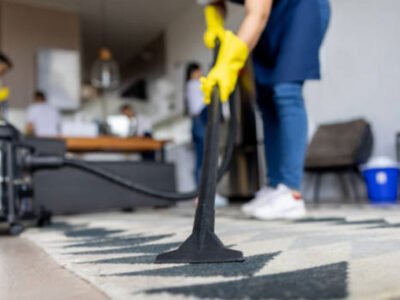DIY projects are commonplace with many people up and down the country embarking on household tasks regularly. But different jobs can come with a range of health and safety hazards.
2020/2021 saw a huge increase in the number of people tackling DIY tasks, leading to higher hospital admissions due to accidents. In fact, over 5,600 amateur builders needed hospital treatment after using an electrical hand tool, showing that it pays to be aware of the dangers before you begin a home project.
One way to mitigate the risks of a DIY accident is to assess the dangers and use the correct personal protective equipment, just as you would in a workplace. We’re put together some of the most common tasks and the precautions you can take to keep yourself safe and accident-free.
Electrical work
It goes without saying that any electrical work in the home can be risky and should always be carried out by a professional. But if you’re in the trade and carrying out a DIY task, don’t become complacent just because you’re working in your own home. Any type of electrical work needs extra precautions such as isolating installations and wearing the right clothing and footwear. Consider specialist work gloves such as those from RS which feature a latex covered layer to help protect from electrical currents.
Wood working
This is a common DIY task but can also be a cause of home accidents, often due to the tools being handled. Tools and equipment should be used correctly and safely, and you should wear protective eyewear to prevent injury from dust or particles. Gloves should also be worn to prevent cuts from saw blades or damage from heavy materials.
Working up a ladder
Whatever task you’re completing, you should always take extra care if working at height. Whether you’re working inside or outside, ensure your ladder is stable and in good working condition. It’s a good idea to have someone stand at the bottom to secure it in place and to pass you any items or tools you might need to prevent you reaching down.
Storing tools
It’s important to store your tools away safely once you’ve finished with them to prevent accidents and injuries, particularly if there are children in the home. Use secure storage solutions and place out of the reach of any minors. This will also help keep your equipment in good working condition and prevent damage.
Before carrying out any DIY task, you should assess the risks and take adequate measures to minimise the likelihood of an accident. If you’re unsure of any aspect, it’s worth calling in professional help instead of trying to tackle it yourself.












